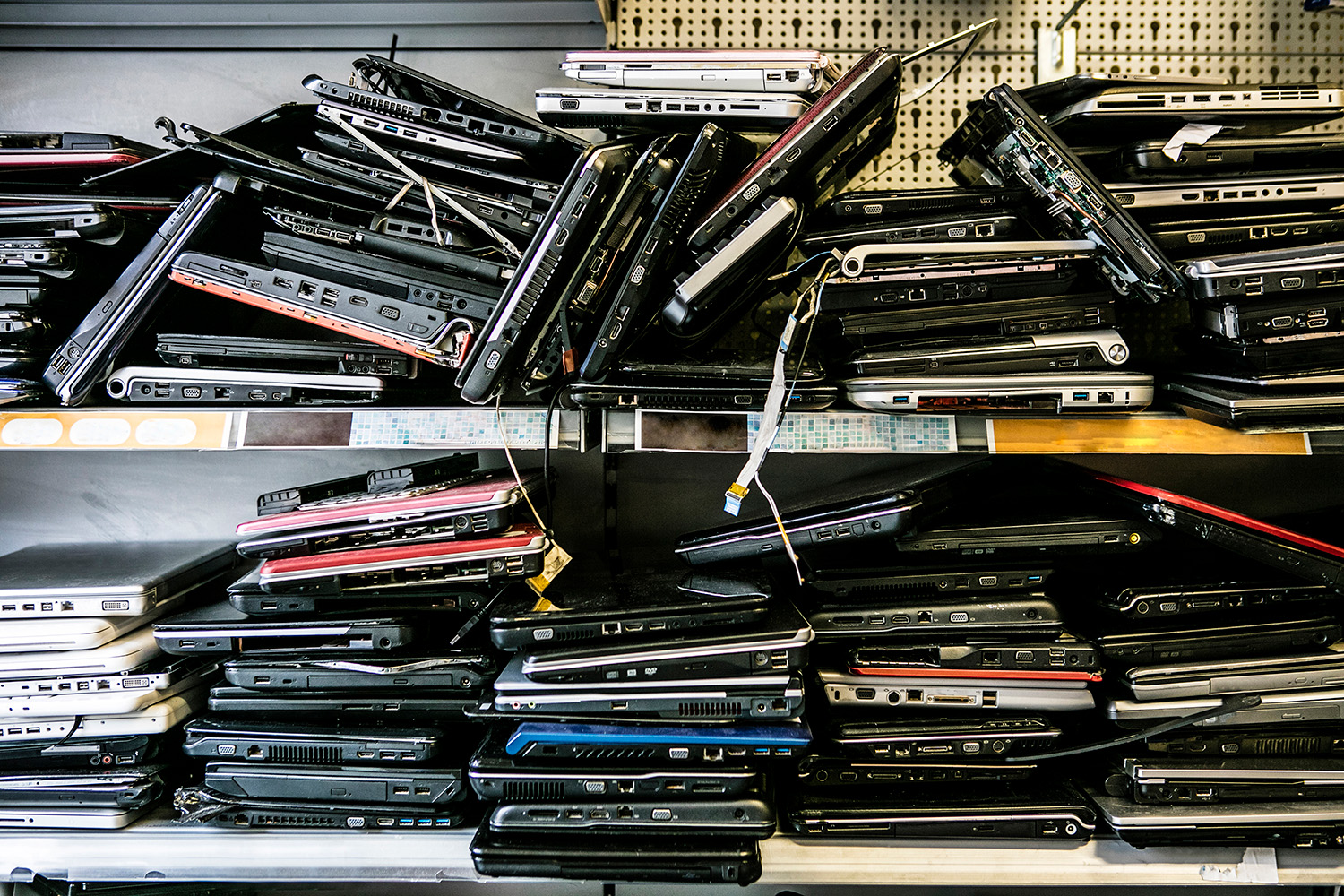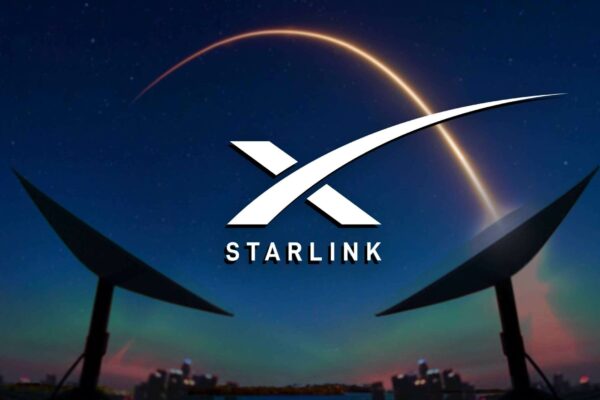Hardware Lifecycle Management

Is your IT budget an investment in your company’s performance or an expense that tugs at the bottom line? It’s a trick question. The answer is about your mindset, not the budget.
A proactive investment plan that is strategically aligned with the business plan is the optimal approach. Even so, many organizations view IT spending as an expense to be avoided for as long as possible — especially when it comes to hardware.
Forward-leaning IT planning and strategy can be a sail that drives your business forward. But when organizations view hardware spending as an expense to be avoided for as long as possible, Hardware becomes an anchor holding companies back.
Spending money reactively puts the emphasis on fixing costly problems. This approach is hard on morale, more expensive and less secure. Planning a hardware budget strategically puts the emphasis on security, compliance and productivity.
The Hardware Dilemma
The better our hardware gets, the less we notice it.
Hardware is now so good that it disappears into the background. The appeal of applications like Salesforce, Office 365, Quickbooks, messengers, calendars and many others is dependent on the fact that the underlying machines are working seamlessly in the background.
Even so, our hardware is subject to aging just like every machine. The harm is insidious at first and dramatic later.
Hardware Life Expectancy
Companies buy machines and depreciate them overtime. It’s not just a tax incentive, it is fundamentally important to the organization that their machines are replaced and improved on a timely basis. Companies need to do this with IT hardware as well.
IT devices have life expectancies provided the manufacturers that allow the end users to do their planning and budgeting strategically:
- PC/Laptop: 3 – 5 Years
- Server Hardware: 4 – 6 Years
- Network Equipment (Switches, Firewalls, Wireless AP’s): 4 – 6 Years
If a company has 40 work stations and 40 mobile laptops, a proactive plan to replace 20% of these devices each year will ultimately save the company money and deliver strong value in security, productivity and morale.
Regarding warranties: For enterprise hardware like servers and network equipment, keeping the warranty up to date is important. Typically, these pieces of equipment come with a standard warranty that can be renewed. Recently, some hardware manufacturers have started declining warranty renewals which essentially shortens the lifespan of that equipment.
With today’s supply chain hurdles, understanding life expectancy and warranties is even more important. Replacing hardware quickly because it failed after its life expectancy expired can involve a lot more downtime than was previously the case.
Hardware Lifecycle Management
Strategic business planning for hardware upgrades is a formal business practice at publicly traded companies. The big consulting firms support the needs of the S&P 500.
Smaller businesses need to be doing the same. Here are the basics:
- Form a small team around the head of finance, CIO or IT Director, and your trusted Managed IT Provider.
- Align with the business plan. Are we growing, are we moving, are we migrating to a hybrid work environment, are we using mobile devices more often, are we improving security, are we offering our customers new services? The answers to questions like these will give the IT plan a foundation that is aligned with the business plan.
- Inventory all of the hardware and devices the company owns including everything from expensive servers to basic printers. Know their purchase dates and document their life expectancy and warranties.
- If there is resistance to HLM within the company, dive deeper into analyzing the expenses associated with hardware purchases, repairs, and downtime. These details will help make the case for an annual budget that can be managed proactively.
- Many of the costs for hardware that is past EOL are experienced by customers. It might be hard to quantify the cost of bad customer experiences but it is always high.
- Overlay the business planning with strategic IT systems management. Today, the evolution of cloud computing and modern cybersecurity resources will be a big part of that plan.
- Start to calendar when hardware expenses will occur, what they will be for and how the transitions to new equipment should happen. For devices used by many employees, like laptops, move towards a staggered calendar where the same percentage of devices are upgraded each year.
Your IT advisor can do most of the heavy lifting to get your inventory documented. Once in place, the productivity and the efficiency of maintaining this kind of plan far outweighs the energy that goes into it. Once in place, the benefits quickly emerge.
The scope of work will scale with the size of the company. Small businesses with just a few employees using devices to access a limited suite of software tools will not be overwhelmed by the process. Larger companies will have an IT advisor and an IT team who will appreciate this approach and be ready to dive in with their support.
Every company should embrace hardware lifecycle management. Every IT service provider should be making the transition from reactive hardware buying to strategic IT planning as easy as possible for their client. If you are reading this and have questions about your next steps, please contact us.


